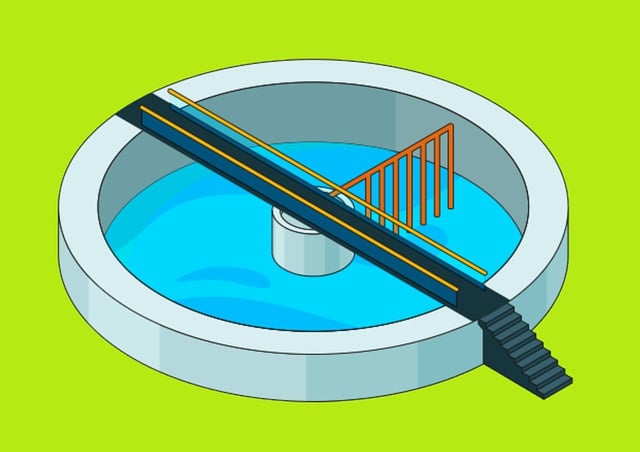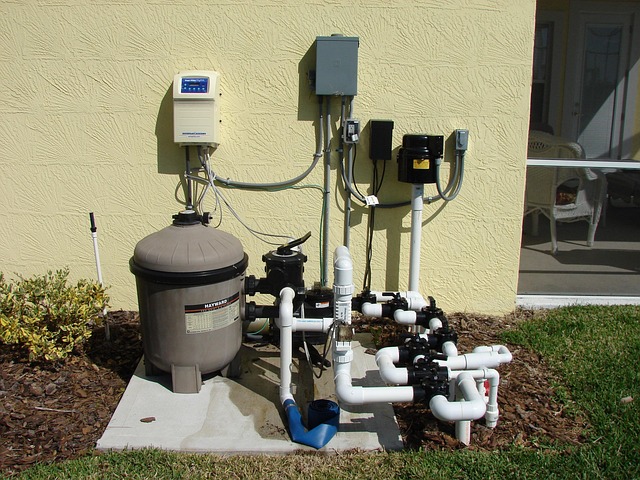Reverse osmosis (RO) systems offer exceptional water purification, removing contaminants for safe drinking water. They act as effective water softeners by eliminating minerals, preventing scale buildup, and improving taste. Choosing the right RO system tailored to local water hardness, household size, and contamination concerns is crucial. Proper installation, maintenance, and monitoring ensure optimal performance and pure water quality. Compare with traditional water softeners for enhanced purification and reduced scaling.
Considering installing a reverse osmosis (RO) system for pure, clean water? You’re not alone. With growing concerns about water quality, many homeowners are turning to RO technology. This comprehensive guide explores the benefits of adding an RO system to your home, choosing the right water softener, and understanding the installation process with maintenance tips. Discover how these systems deliver superior water purity, ensuring a healthier lifestyle.
- Understanding Reverse Osmosis for Pure Water
- Benefits of Installing a Reverse Osmosis System
- Choosing the Right Water Softener for Your Home
- Installation Process and Maintenance Tips
Understanding Reverse Osmosis for Pure Water

Reverse osmosis (RO) is a powerful water purification process that has gained significant popularity for its ability to deliver exceptionally pure water. This technology works by applying pressure to force water molecules through a semi-permeable membrane, leaving behind impurities and contaminants. By removing minerals, salts, heavy metals, bacteria, and other unwanted substances, RO systems produce water of a quality that’s often comparable to distilled water.
RO systems are particularly effective in households with hard water or those located in areas with high levels of contamination. They offer an alternative to traditional water softeners by providing not just softened water but also purified water. This makes them ideal for ensuring a constant supply of clean drinking water, which is essential for maintaining good health and reducing the risks associated with contaminated water sources.
Benefits of Installing a Reverse Osmosis System

Installing a reverse osmosis (RO) system offers numerous benefits for achieving pure and safe drinking water. One of the primary advantages is its ability to remove a wide range of contaminants, including heavy metals, bacteria, viruses, and chemicals like chlorine and fluoride. This ensures that your family enjoys water free from harmful substances, enhancing overall health and well-being.
Additionally, RO systems act as effective water softeners by eliminating minerals like calcium and magnesium, which can cause hard water issues. This prevents the buildup of scale in pipes and appliances, extending their lifespan and reducing maintenance costs. With an RO system, you’ll notice improved taste and odor in your water, making it a refreshing choice for daily consumption and culinary purposes.
Choosing the Right Water Softener for Your Home

Choosing the right water softener is paramount to ensuring pure, safe drinking water for your home. The first step is understanding your specific needs. Consider factors like water hardness levels in your area, the size of your household, and any unique contamination concerns.
Hard water, rich in minerals like calcium and magnesium, can leave spots on dishes, scale in pipes, and affect the performance of appliances. Softeners use ion exchange resins to remove these minerals, replacing them with sodium or potassium ions. Residential systems typically range from whole-house models that treat all incoming water to point-of-use systems that only filter water at the tap. Advanced options include reverse osmosis systems for even more purification. Select a system designed for your specific challenges to achieve the purest, best-tasting water possible.
Installation Process and Maintenance Tips

The installation process for a reverse osmosis (RO) system involves several steps, ensuring proper placement and connection to your plumbing system. Typically, it begins with choosing an appropriate location near a water supply line, allowing easy access for future maintenance. The RO unit is then installed, often on a wall or dedicated shelf, secured firmly for stability. Water softeners, in the form of pre-filters and post-filters, are strategically placed to remove impurities and ensure optimal performance.
Regular maintenance is key to keeping your RO system running efficiently. This includes periodic backwashing to clean the filters and regular replacement of filter cartridges or membranes. Monitoring water quality and testing at intervals can help identify any issues early on. Remember, proper installation and routine care will maximize the system’s lifespan and guarantee consistently pure water for your home or business.






